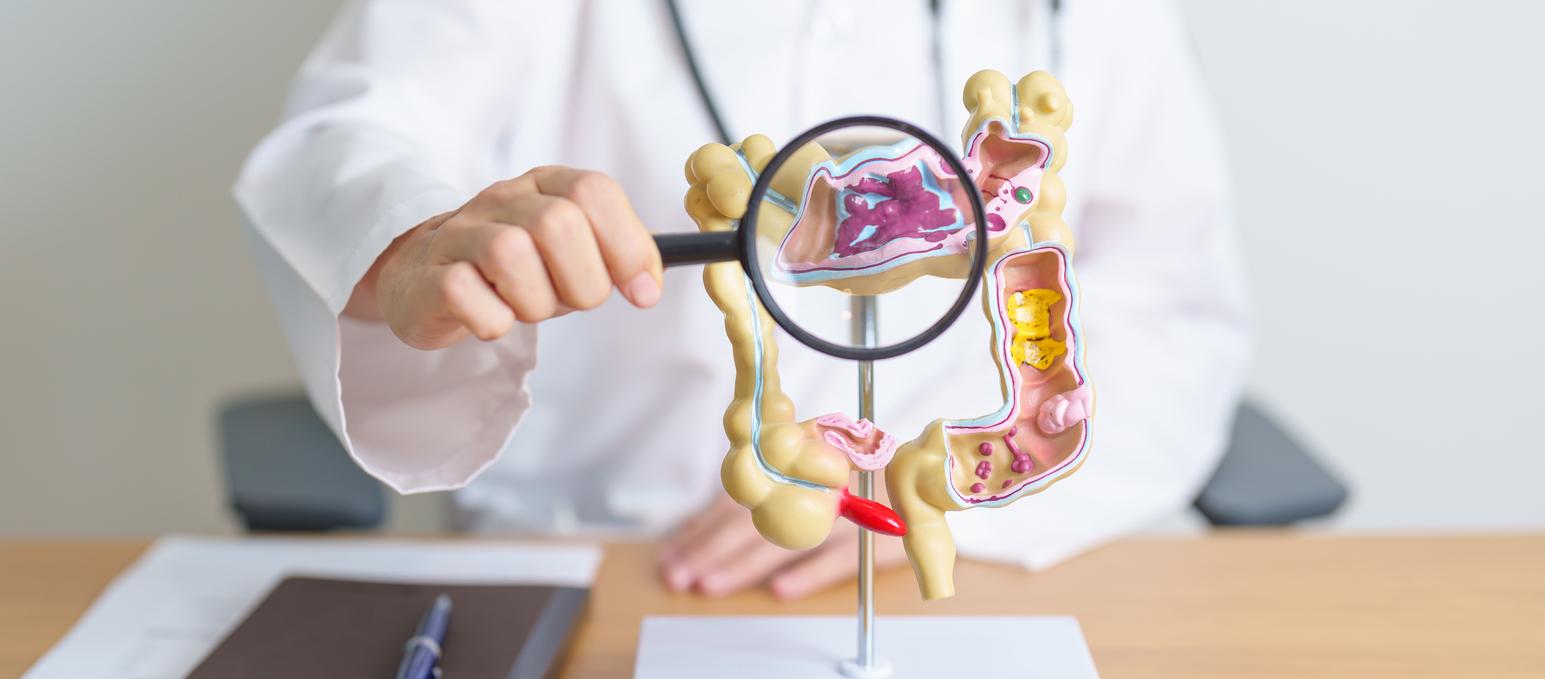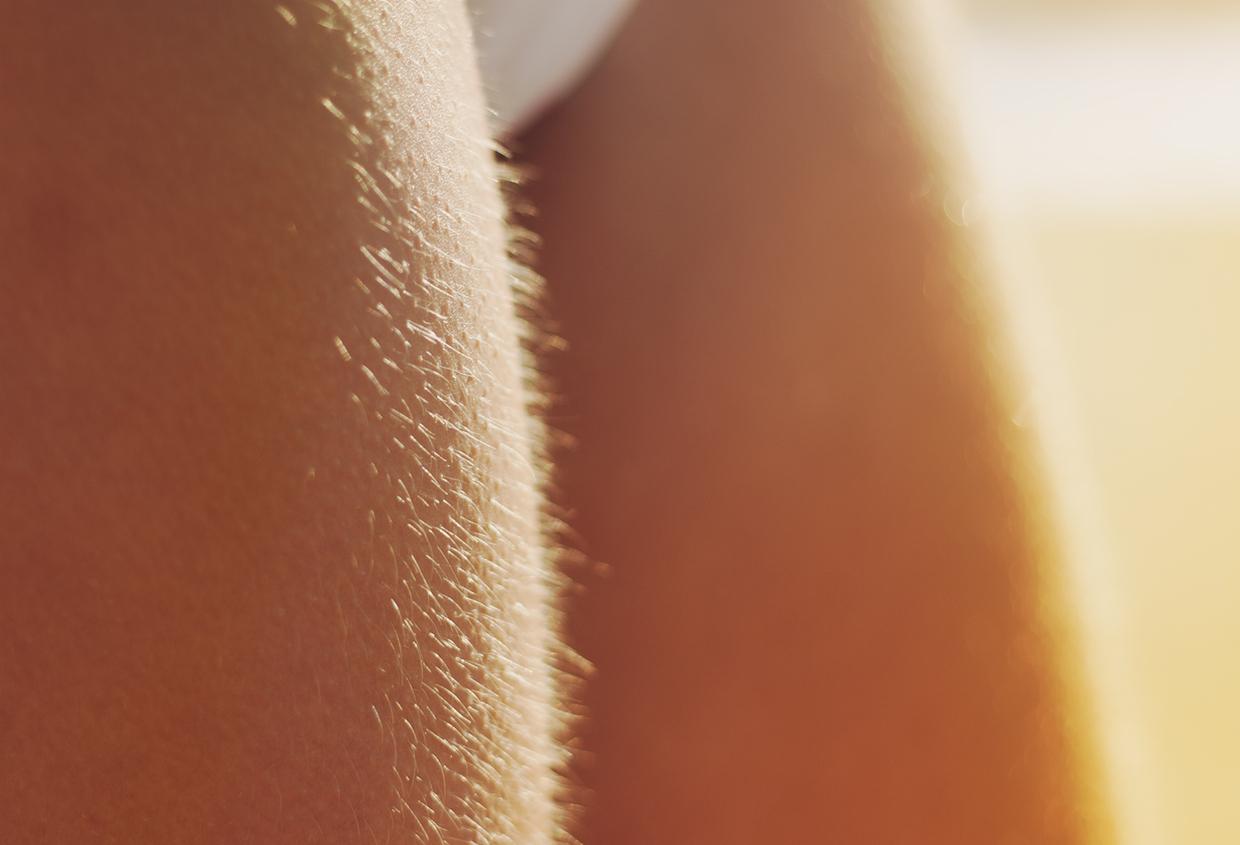If you have gotten into the habit of constantly tucking your stomach in, be careful, this can lead to “hourglass syndrome” which causes an imbalance in the abdominal muscles.

- Systematically pulling in your stomach can lead to hourglass syndrome, changing the structure of the abdominal wall.
- This syndrome can lead to various disorders affecting the organs located in the abdomen.
- Hourglass syndrome is reversible; muscle strengthening exercises can restore trunk stability.
In order to appear slimmer, some people constantly hold their breath and pull their stomach in as much as possible. Even though this habit may seem harmless, it nevertheless has negative effects on health. In an article published in The ConversationAdam Taylor, professor at the University of Lancaster (UK), explained that this bad habit can lead, over time, to a condition called “hourglass syndrome”. This is a harmful change in the structure of the abdominal wall.
Causes of hourglass syndrome
There are four main causes of this syndrome: congenital conditions, poor posture, abdominal pain and body image disorders. Congenital conditions, such as gastroschisis or omphalocele, cause abnormal development of the abdominal muscles. Poor posture, such as that caused by many hours spent in front of a computer, can cause the spine to spread, “which leads to changes in the tension and function of the abdominal muscles, resulting in imbalances.” Abdominal pain can also be the cause of voluntary or involuntary contractions of the abdominal muscles. Finally, body image disorders, such as the search for a slimmer appearance, can cause some people to permanently tuck their stomach in.
Hourglass syndrome creates an imbalance in the abdominal muscles
“When we pull in our stomach, the rectus abdominis muscle contracts. But because we tend to store more fatty tissue in the lower abdomen, the muscles in the upper stomach tend to be more active This creates a fold in the abdomen over a long period of time, with the navel being pulled upwards. said the British researcher.
In addition, always tucking in your stomach puts more strain on your lower back and neck. These parts of the body must then compensate for the changes made in the stability of the trunk. Furthermore, abdominal compression reduces the space available for the organs. “If you think of the abdomen as a tube of toothpaste, squeezing it in the middle creates pressure at the top and bottom. Pressure at the top affects breathing by preventing the diaphragm from lowering as much.”
When pressure is exerted downward, it compresses the pelvic floor, affecting the functioning of the bladder, uterus and rectum, and potentially leading to leakage of urine or feces, as well as uterine prolapse.
Muscle strengthening exercises combat hourglass syndrome
Fortunately, hourglass syndrome is reversible. Muscle strengthening exercises, such as plank or glute bridges (pelvic lifts), or the practice of Pilates as well as yoga, working all the central muscles, helps restore trunk stability and prevent these problems. Adam Taylor believes that it is important to consult a health professional if you experience prolonged abdominal pain and above all not to tuck your stomach in to prevent these disorders.














